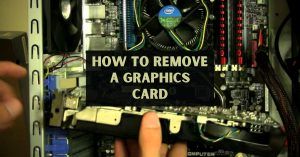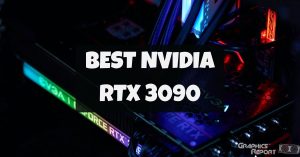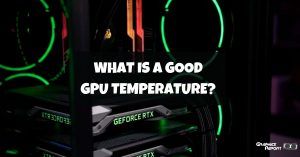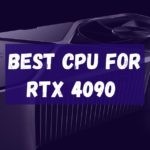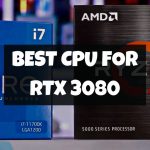
Cryptocurrency mining has become all the rage over the last four years as people had started to quit their day jobs and invested all their savings into mining rigs to mine all the cryptocurrency they can and become rich.
I would be lying if I said people did not become wealthy through crypto mining. However, the mining rigs are powered by GPUs, which are essential to PC gamers and video editors; these GPUs were all bought by Crypto Miners at exorbitant rates, which created a shortage in the market, and the people who needed them the most could not get their hands on them.
A “Cryptocurrency Miner” became a dirty word to PC gamers as they could not get their hands on GPUs due to the supply shortage caused by these people.
Nvidia recognized this sentiment and created mining cards that did not have Video ports on them and was designed explicitly for Mining.
However, this did not mitigate the supply shortage, and the miner bought gamer-grade GPUs in bulk. So to fully put a stop to it, Nvidia decided that it would restrict the hash rates of their newer 3000 series GPUs, making them not worth it to crypto miners. Instead, the rightful user like gamers and video editors would be able to buy them at a reasonable price.
These hash rate restricted cards are called “LHR” cards or Lite Hash rate cards. So here in this article, we will compare an LHR vs a Non-LHR GPU and find out how you can identify if you have an LHR GPU or a non-LHR one.
What Is Nvidia Lite Hash Rate Technology?
Nvidia’s Lite Hash Rate or LHR Technology is Nvidia nerfing the mining capability, otherwise known as their cards’ GPU hash rate.
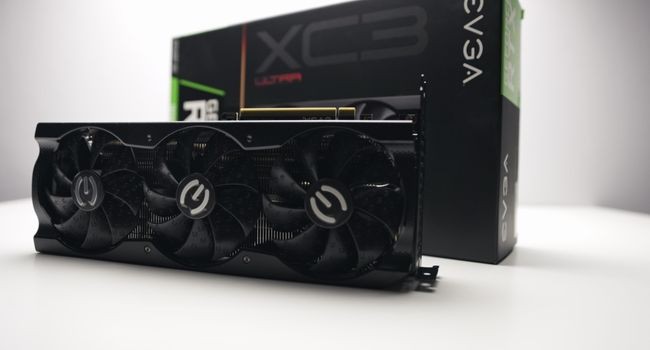
For the last four years, cryptocurrency miners have created a shortage in the market by purchasing all the inventory of GPUs almost everywhere and leaving nothing behind for the people who used them genuinely for Gaming or video rendering.
The mining use case is acceptable; however, the shortage and price hikes caused Nvidia to take this drastic step. Nvidia is a company built from the ground up through the support of PC gamers, and LHR cards are an attempt to provide gamers with cheaper and readily available GPUs.
What Is GPU Hash Rate?
The hash rate of a GPU, in simple words, is the ability of the GPU to solve complex equations and mathematical operations to maintain a cryptocurrency’s blockchain.
A blockchain needs the validation of a transaction occurring in it from all the nodes of that specific blockchain. This validation is done using the corresponding node’s hash rate GPUs.

So, the hash rate would be the number of those complex equations solved within a second hash rate corresponding to the raw performance of the GPUs. So if we have a 3080 and a 3060, the 3080 will have a higher hash rate.
One thing which needs to be noted is that the term hash rate is exclusive to blockchain technology. Theoretically, there should be no difference in Gaming or video rendering performance if you nerf a card’s hash rate.
What Is The Difference Between An LHR And A Non-LHR Card?
LHR and Non-LHR cards differ in their potential to mine cryptocurrency. Non-LHR cards will mine cryptocurrency by utilizing the full potential of their hardware. It will ultimately be able to do all the operations related to the blockchain without anything obstructing it.
LHR cards, on the other hand, are locked through Nvidia drivers to not provide their complete potential for operations related to the blockchain. Their ability to solve complex equations in a blockchain or, in other words, its hash rate is wholly nerfed.
Yes, you will still be able to mine on an LHR card; however, you will encounter diminishing returns, and all your ti,e to recoup your investment will be increased by at least 2x. So, if you are a miner, then getting an LHR card is not going to be worth it for you.
How Do I Know If I Have A LHR GeForce Graphics Card?
There are several ways to determine if the card you will buy is an LHR card or a non-LHR card. The first thing you will check is the date of purchase.
Almost all cards that were bought before July 2021 are non-LHR cards. So, those cards are safe for you to buy if you are a miner.
The next thing you can check is the box itself. Nvidia has made it compulsory for their board partners to put a sticker specifying that it is an LHR card to discourage miners from purchasing those cards.
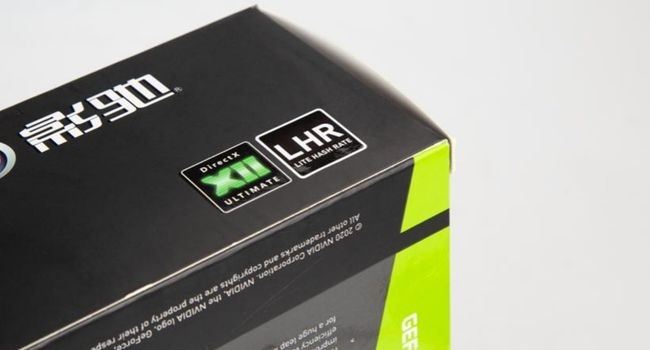
Certain cards are going to be LHR, no matter what. These cards include the 3050, 3060, 3070 Ti, and 3080 Ti. So, it is better to avoid mid-range and higher-end Ti cards except the 3090 Ti, as they will always be LHR.
The final method to determine whether your card is LHR or non-LHR is to test the card out in the mining use case and compare it with the hash rate that a non-LHR card is supposed to give. This is by far the most reliable method.
Can You Bypass Nvidia’s LHR Restrictions?
Yes, there are some ways you can bypass Nvidia’s LHR restrictions. Nvidia itself leaked the first and the most prominent method as it issued a driver accidentally that had all the LHR sanctions removed from the get-go. This was quite embarrassing for Nvidia; however, they removed all traces of it from their website.
Other methods can remove LHR restrictions, but know that none of those methods are sanctioned by Nvidia and will be equivalent to misusing the GPU, leading to your warranty becoming void.
LHR vs Non-LHR: Are Games Affected?
As a gamer, I was pleased to see no difference in performance between LHR and non-LHR cards when it comes to Gaming. Any difference that arose was within the margin of error.
This means that it does not matter to you as a gamer if you get yourself an LHR or a non-LHR graphics card; if you use it for Gaming, then it will not affect you in any way, shape, or form.
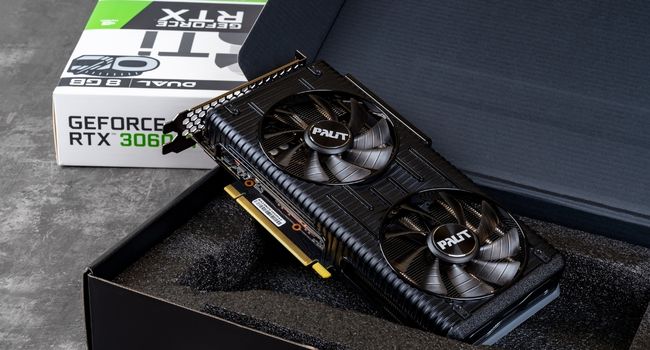
I did many tests comparing my non-LHR 3060 Ti and my brother’s LHR 3060 Ti. I tested many AAA games like The Witcher 3, Assassin’s Creed: Valhalla, and Far Cry 6.
There was probably a difference of one or two frames between them, but I attribute that to my card being from Asus with his being from MSI. So, there is no need to fuss over a card being LHR or non-LHR.
Can I Mine with LHR Cards?
Yes! You can definitely and are more than welcome to mine on an LHR card. However, there is no point in doing so, as Mining on an LHR card will not give you access to your card’s complete resources, and you will have a below-average hash rate.
There are specific ways that you can bypass the LHR restrictions, however, even if you bypass them, you are still not going to get the complete hash rate of your respective card.
If an LHR card gives you around 50 percent of your hash rate, then a bypassed LHR card will provide you with 70 percent of the hash rate.
So, it is better that if you are a serious miner, then you should stay away from LHR cards and find non-LHR cards which would be better suited to your use case.
My Final Thoughts On It!
I think that is all you need to know about LHR vs. non-LHR. In my humble opinion, releasing LHR cards so gamers can get their hands on GPUs is a thank you to gamers from Nvidia.
They understand that gamers were the ones that built and supported their company from day one, and it is time that they repay them.
I am sorry if, during the course of my article, I sounded somewhat biased against cryptocurrency mining.
I am not against Mining and believe blockchain technology is the future as it has many unexplored applications other than cryptocurrency.
My qualms begin when they become singlehandedly responsible for creating a worldwide shortage of a piece of hardware that has other use cases apart from crypto mining.
This is why I believe LHR cards are a good thing, and all Nvidia cards should become LHR with special Mining variants of cards being released for that type of use case.


